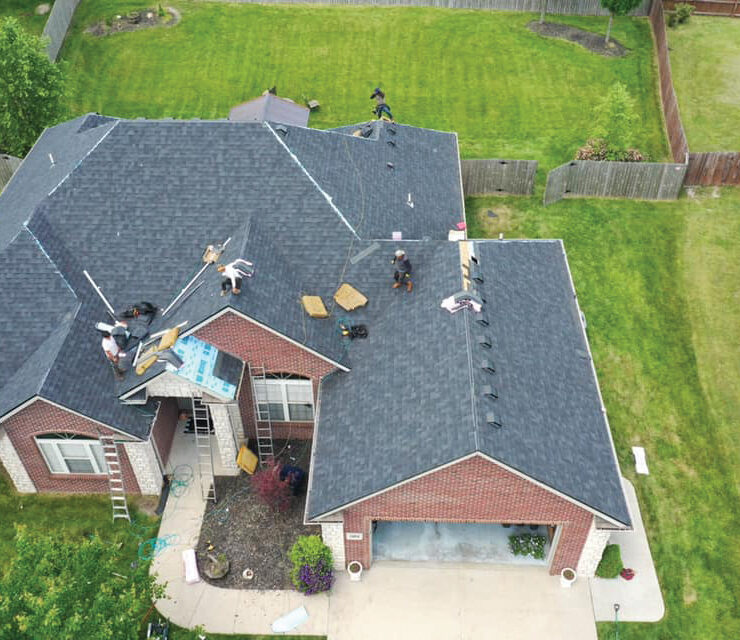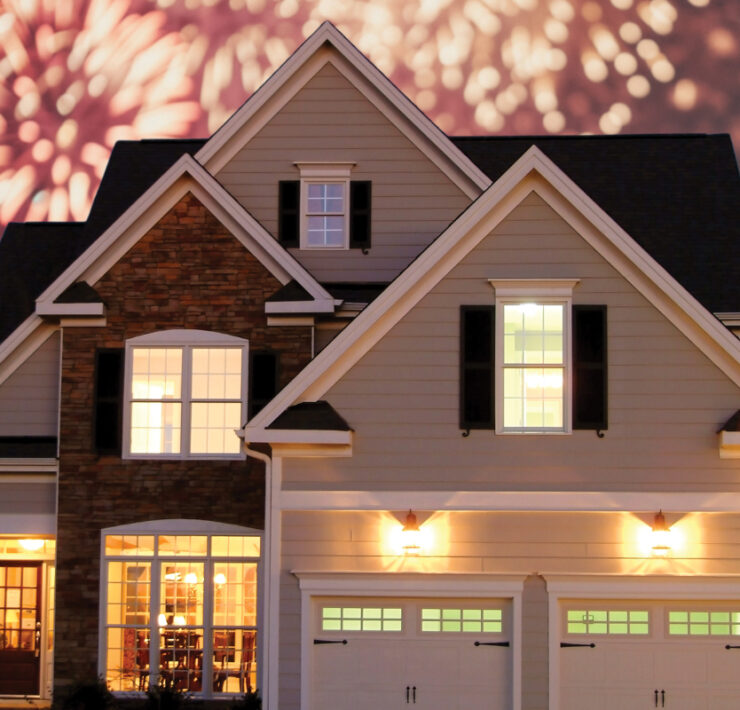Pros & Cons of Dry Laid & Mortared Patios

Installing a new flagstone patio at your home is a great way to add living space without going through the hassle of renovating your house. As you start the process of designing the patio, one of the important considerations to keep in mind is how the patio will be constructed.
There are two main methods of installing a flagstone patio. They can be dry-laid or mortared on concrete. Understanding the differences between these two methods can help dictate how the patio needs to be installed.

When a new patio is said to be dry-laid, it typically means that stone is installed on a base that consists of a compacted base rock footing and a chat or sand leveling layer. Once those layers are done, the finish material can then be laid on top of the base and polymeric sand installed in the joints.
The other method of installing the patio is to pour a concrete pad as the base. Then, you can adhere the stone to the concrete base with mortar and fill the gaps between the stones with mortar. The mortar under the stone is used to adhere the stone to the concrete, but also act as the leveling layer. Each method has their time and place, but how do you decide which way is best?
The first thing I consider is the material that has been selected to use as the patio. The thickness of the stone can help determine if you can dry lay or if you need to install it on a concrete base. Generally, if the stone is less than 1.5 inches thick, it is
preferred to install it on the concrete base.
As the thickness of the stone decreases, the stone can be more fragile and the chances of it breaking over time from seasonal movement goes up. Installing the stone on concrete will decrease those chances of breaking. If the flagstone is thicker than 1.5 inches, both ways of installation are acceptable.
When both methods are acceptable, the next consideration is the budget of the project we are trying to work with. In most cases, the dry-laid option takes less time to install, resulting in a smaller cost compared to the concrete method. The concrete and mortar method tends to require more steps and is more labor intensive to install the concrete and then to mortar each stone to that concrete base. You are essentially pouring a patio out of concrete and then facing the concrete with the flagstone.
One more thing to consider during the process is the long-term maintenance of each type of patio. The concrete / mortar method will require less maintenance. Typically, cleaning the patio is about all that is needed. With the dry laid method, the polymeric sand in the joints will need to be replaced over time as weather causes the sand to wear away.
If you don’t know which method works best for your project, an experienced
designer can help you with that decision.
Jacob comes from the small town of California, Missouri. With his plant science degree from MU and six years with Rost, he enjoys creating exciting outdoor spaces for his clients. Watching these creations come to life is only one highlight of being a designer for Rost. When he is not designing, he loves spending time with his wife and kids, tournament bass fishing, and doing a little bit of woodworking.
(573) 445-4465
rostlandscaping.com










